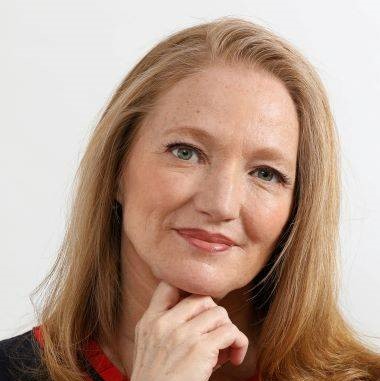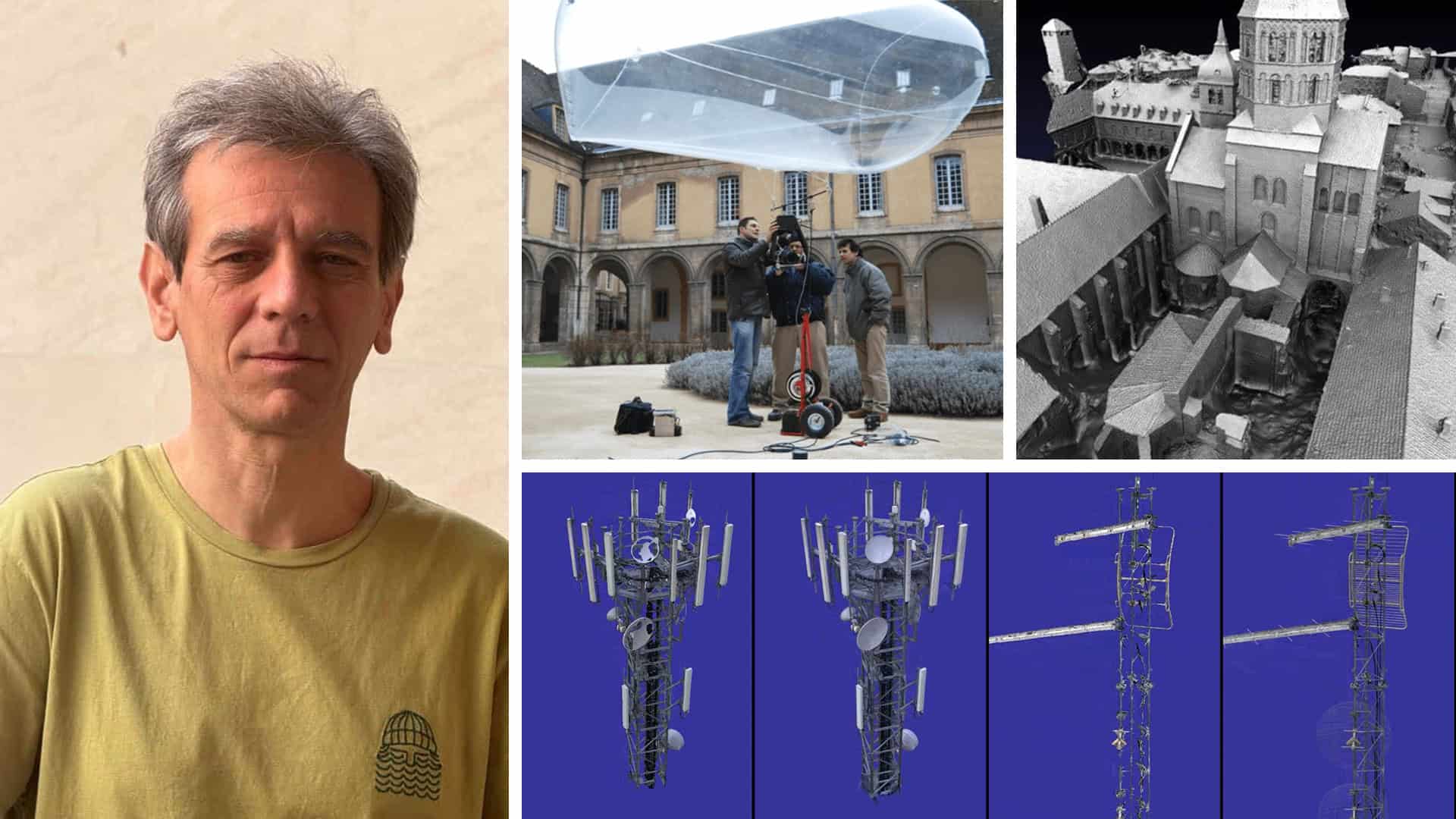In January, Claire Rutkowski, Senior Vice President and CIO champion, sat down with Scott Seltz, publisher of Engineering News Record for an in-depth conversation about how AEC firms can thrive despite the challenges they face in 2023. Below is a summary of that discussion highlighting actionable steps that can be taken despite uncertainty to help firms stay on a growth trajectory.
Caution is a valid reaction to uncertainty, but too much hesitation can lead to stagnation and missed opportunities.
Scott Seltz: So right off the bat, what New Year’s resolutions should AEC CEOs (Chief Executive Officers) be making?
Claire Rutkowski: Well, if I was an AEC CEO, I’d be making four resolutions. The first one would be finding the balance between bottom-line reductions and top-line growth. There are a lot of economic concerns, and we are in a turbulent time. Threading that needle is important for CEOs. At the same time, I think they need to resist the urge to freeze all spending. It’s easy to say, ‘oh, let’s hunker down,’ but it’s important to continue to develop or advance digital strategies as an industry. Things are changing so rapidly and if a company just stops, they’re going to fall behind. My third resolution would be to hire, hire, hire! I think we’re in the midst of a major talent shortage and it’s critical to continue to keep that funnel full and be as inclusive as possible in that hire. Then the fourth resolution would be to make sure that you’re fully tapping into your virtual teams, engaging with them, and monitoring how they’re doing.
1) Protect the Operating Margin
Claire proposed a deceptively simple formula: cut waste + optimize + innovate. She also emphasized that investments in digital technologies are indispensable to AEC firms’ long-term profitability.
Scott Seltz: Those are great resolutions, so let’s delve into each one of those topics a little bit more. How can CEOs find the right balance between bottom-line reduction and top-line growth?
Claire: The first way is to shed what you don’t need. If you have real estate that you can get out of, that’s an option. If you have shelfware that is just sitting — software that you don’t use — then that’s something to look at too.
But there are other ways to maximize what you have. Along these lines, I encourage AEC firms to look at implementing component-based design. Component-based design is something that most engineering firms can do right now with the tools that they already have, and it will massively increase their efficiency and throughput by leveraging the same component repeatedly on multiple designs.
And, of course, improving and streamlining business processes of all kinds. I mean, that’s kind of bread and butter of finding efficiency.
But then we look at top-line growth. How do you do that, especially when your backlog is already full? I think there is an opportunity to reimagine some of the services being offered by looking at things like digital twins, remote inspections, and leveraging all the data that firms have now because of better tools and better ways of doing things. There’s just so much data about designs and as-built infrastructure that firms can leverage to create new revenue.
2) Advance Digital Strategies
Scott: I hear what you’re saying about narrowing down what you spend, but as a business operator myself, let me play the devil’s advocate. Wouldn’t it just be easier to freeze all spending and decide that maybe 2023 is not the year for investing and going digital?
Claire: Yeah, that would be the easy answer. It would be a very risky answer though because I think that our industry is changing so rapidly that if you take a year off, you risk falling further behind.
It’s very important to continue to press ahead and that can be done in any number of ways. It could be something like investing in using drones for remote inspection and reality capture. Two-thirds of firms are already doing that, so if you’re not doing that, you really need to start. Or you could consider delivering proprietary analytics. We see about half of AEC firms already investing in this space because there is so much data that you can mine for insights and then use that data as revenue for your clients. Another one is applying machine learning. Digital twins are a big push. Not just for Bentley, but across the industry. IoT (Internet of Things) monitoring in the as-built world is very important, and let’s face it, most of our assets are already out there; we just have to fix them, particularly here in North America. There are loads of ways to go digital; you just must figure out where you want to put your chips.
The most important thing: If you’re not already going digital, start now because you’re behind. If you are already going digital, don’t take your foot off the gas because you’ll regret it.
3) Hire and Retain the Right People
Qualified candidates are difficult to land, and the workforce is undergoing significant demographic shifts. Claire explained how AEC firms can get the right people on their side and keep them happy and productive for longer.
Scott: So, labor shortages are one of the biggest issues facing AEC firms now, and you have suggested hiring and inclusivity is a resolution. How can firms do that when they’re already facing challenges finding the right people?
Claire: The first thing is being open to people not being in your backyard, and I think a lot of firms are doing this, but not everyone. If the pandemic proved nothing else to us, it proved that our workforce can be productive and collaborative and get things done even while not physically co-located in an office. It’s important to remember that and not fall back to the old habits of people having to be within a 30-mile proximity of an office so that they can go in every day.
It’s also important to remember that men and women look at job descriptions differently. There’s an author called Deborah Cole, who has written several different books and lots of articles about gender and its impact on negotiations, i.e., asking for promotions and applying for jobs, and her research in the 2010s is also backed up by more recent data from LinkedIn as well as the 2021 study from Forbes, and they all found the same thing. These are not my sweeping generalities. These are research-based, and they find that to apply for a job, women tend to feel that they need to meet 100% of the criteria. 100%! Whereas men feel like, ‘Well, if it’s 60% I’m close enough. I’m going to apply anyway. I’ll throw my hat in the ring and give it a shot.’ I can say from personal experience, for me, anyway, that’s true. For engineering firms to be more inclusive they need to be aware of that. They need to think about using the words ‘preferred qualifications’ instead of ‘requirements’, because then it’s more like, ‘OK. It’s preferred, but maybe I don’t have to have all of it.’
The other thing AEC firms need to do is to accept that heightened turnover is a thing. We should try to obviously be inclusive and keep and retain as many qualified employees as we can, but if heightened turnover is a thing and it’s here to stay, then let’s make some effort to ensure that our onboarding is strong, it’s efficient, we can get people up to speed quickly whether they are in an office or in a more virtual setting. Once you have someone on board, make sure that you are creating an inclusive and accepting environment, so people feel comfortable staying.
Then there is one more tip around hiring, which comes from one of my friends, Linda Lannon, with SWCA. We were talking about this whole talent shortage and what do we do? And she said, “you know what? One of the things that I’m doing is, when I find great talent, I’m hiring them. Whether I have an opening or not, I’m just hiring them. If I come across someone who seems like they have the right stuff, I’m getting them on board and I’m worrying about the position later,” which I thought was a great tip because it goes against the way that we think about things, but that’s a good one.
4) Fully Leverage Virtual Teams
Scott: Yeah, thank you. That was very enlightening and I’m going to make a note about that. You know the pandemic has given rise to virtual teams. I mean, they existed before, but now it’s commonplace. And for those firms that have virtual teams, how can they make the best use of them?
Claire: It’s pretty simple: treat virtual team members the same way that you treat team members in an office.
The other important thing is providing objectives and measuring performance. If everyone has published objectives that everyone else can see, it takes away a little bit of that ‘What are they doing?’ kind of thing and makes it equal for everyone, which is the most important thing when you have geographically dispersed teams.
The last thing is to make sure it’s fun. In the office, it’s easy to say, ‘Let’s get some pizza for lunch today!’ It’s important to provide those engagements, the opportunities to have a chat virtually as well. Whether it’s having open coffee hour where people can just come and sit down and chat or, doing fun things like take a picture from your desk and share it. Whatever your view is, let’s look at it.
Scott: Those are great recommendations and I especially like the last one. I’m a great advocate of ‘it has to be fun.’ You have to make it fun. Work is even better that way.
Claire: That’s right! We spend more hours at work, sadly, than we do anywhere else in our lives. When you think of the number of hours that we spend, and you subtract sleeping and everything else… so, it has to be fun.









